Affiliate links on Android Authority may earn us a commission. Learn more.
Did you know: The first Nokia Android phone was released way back in 2014
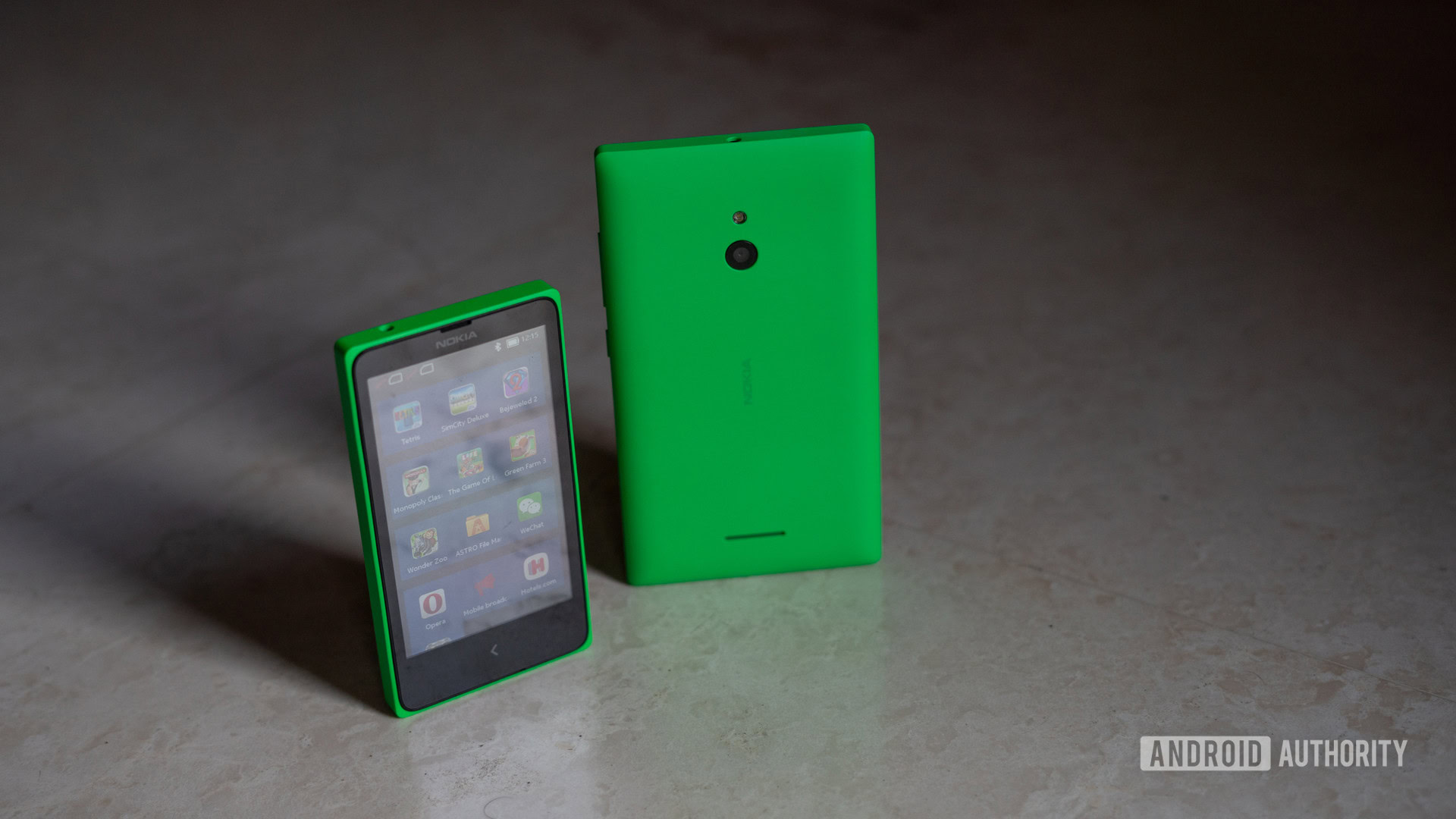
In early 2014, Nokia was on the cusp of its merger with Microsoft. Under the leadership of then-CEO Stephen Elop, the company had flip-flopped between a multitude of strategies in a last-ditch attempt to retain its market share.
One of those strategies was the decision to launch a series of budget phones running a forked version of Android. Yes, the Nokia X and Nokia XL that launched way back in 2014 were technically the first Nokia Android phones — three years before HMD Global’s Nokia reboot.
The Nokia X series spawned five different phones and variants. At launch, Nokia introduced the Nokia X and X Plus. The only difference between them was that the Plus variant had an additional 256MB of RAM for a total of 768MB. Alongside, the company introduced the Nokia XL that brought along a larger display, the upgraded 768MB of RAM as well as a bigger battery.
See also: The best Nokia phones
Later in the year, Microsoft launched the Nokia X2 with a faster Snapdragon 200 chipset paired with 1GB of RAM. This phone switched out the single capacitive key and added a home button in addition to the back key. Meanwhile, China got an upgraded version of the original Nokia XL that now packed 4G capabilities, a faster chipset, and a total of 1GB of RAM.
The series launched at a time when Nokia had finally stopped making high-end Symbian hardware and the company’s lineup included an assortment of Windows Phone, and Series 40 devices as well as feature phones. Let’s take a closer look at the two Android curios.
Bringing a knife to a gunfight
When Stephen Elop took over the reins at Nokia in 2010, he oversaw a transition away from Symbian to Windows Phone to be able to compete in the high-end segment. While that transition failed spectacularly for its own reasons, Nokia also floundered in the extremely important entry-level segment.
The Finnish company’s entry-level hope was pinned on the Asha series of feature phones run on an outdated Series 40 operating system. In an ironic twist of fate, the name of the series came from the Hindi word for hope.
Nokia's entry-level Series 40 lineup simply couldn't compete against Android options.
Nokia’s Asha lineup was competing against full-blown Android smartphones and there was no way a Series 40 based phone was going to cut the mustard.
Enter the Nokia X and XL. Nokia’s entry-level phones copied styling from the fabulous Lumia series of Windows Phone devices and mixed it up with the affordability of the Asha series.
The original pair cost a somewhat pricey Rs. 8,399 (~$120) and Rs. 11,489 (~$150) in India. Not exactly cheap for phones that were closer to high-end feature phones than an actual smartphone.
To add consistency across the portfolio, Nokia even pulled in some of the best parts of the Windows Phone UI to make the Nokia X lineup truly unique. Sounds like a winning combination, right? Unfortunately, that wasn’t the case.
Nokia X: A short-lived experiment
The Nokia X series debuted with a whole new interface paradigm that tried to bring the minimalism and ease of use offered up by Windows Phone to an affordable price point.
The hardware stood out for its unique design and made use of bold colors. It sported a minimalistic industrial design that was both a pleasure to hold and was surprisingly sturdy. Sure, there have been polycarbonate phones since, but few have been able to match up to the excellent hand-feel of the high-quality plastics used by Nokia. It truly was a gamechanger.
Too many hardware concessions were made to hit the price point.
This being a budget phone, concessions were made to hit the price point. At a time when a decent 8MP camera was standard, the smaller Nokia X shipped with an abysmal 3MP camera without autofocus. Meanwhile, the larger Nokia XL used a not-so-great 5MP sensor.
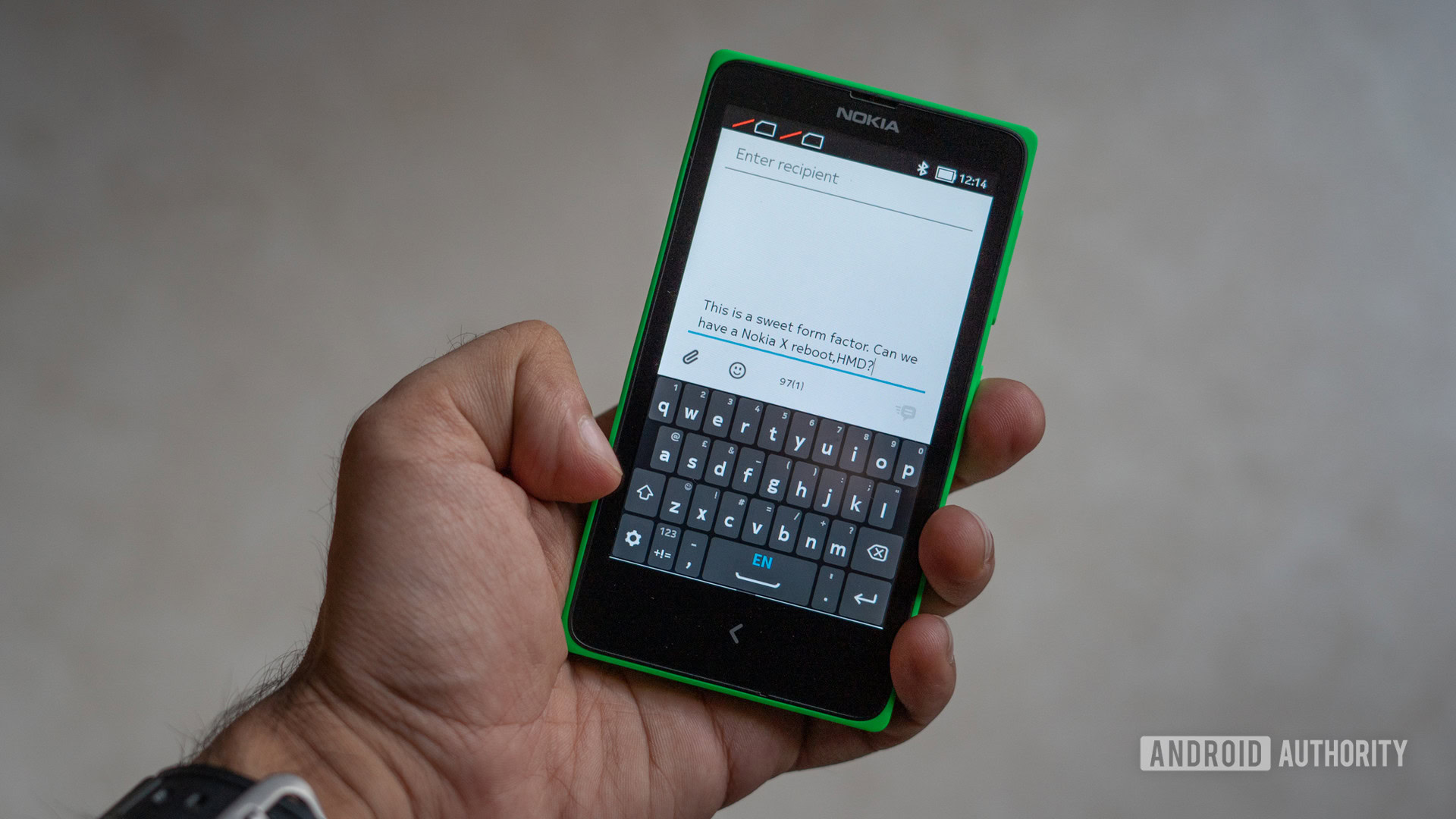
The 4- and 5-inch displays were nothing special to look at, and Nokia added support for an Always On Display mode, which was nice to have.
On the performance side, the less said the better. The Snapdragon S4 Play chipsets weren’t a powerhouse to begin with, but the 512MB and 768MB of RAM on the Nokia X and Nokia XL further added insult to injury. Competing devices like the Samsung Galaxy Core sported a faster chipset and more RAM at a similar price point.
Suffice it to say that performance was not the strong suite here and the phones stuttered along even in regular operation.
A forward-looking user experience
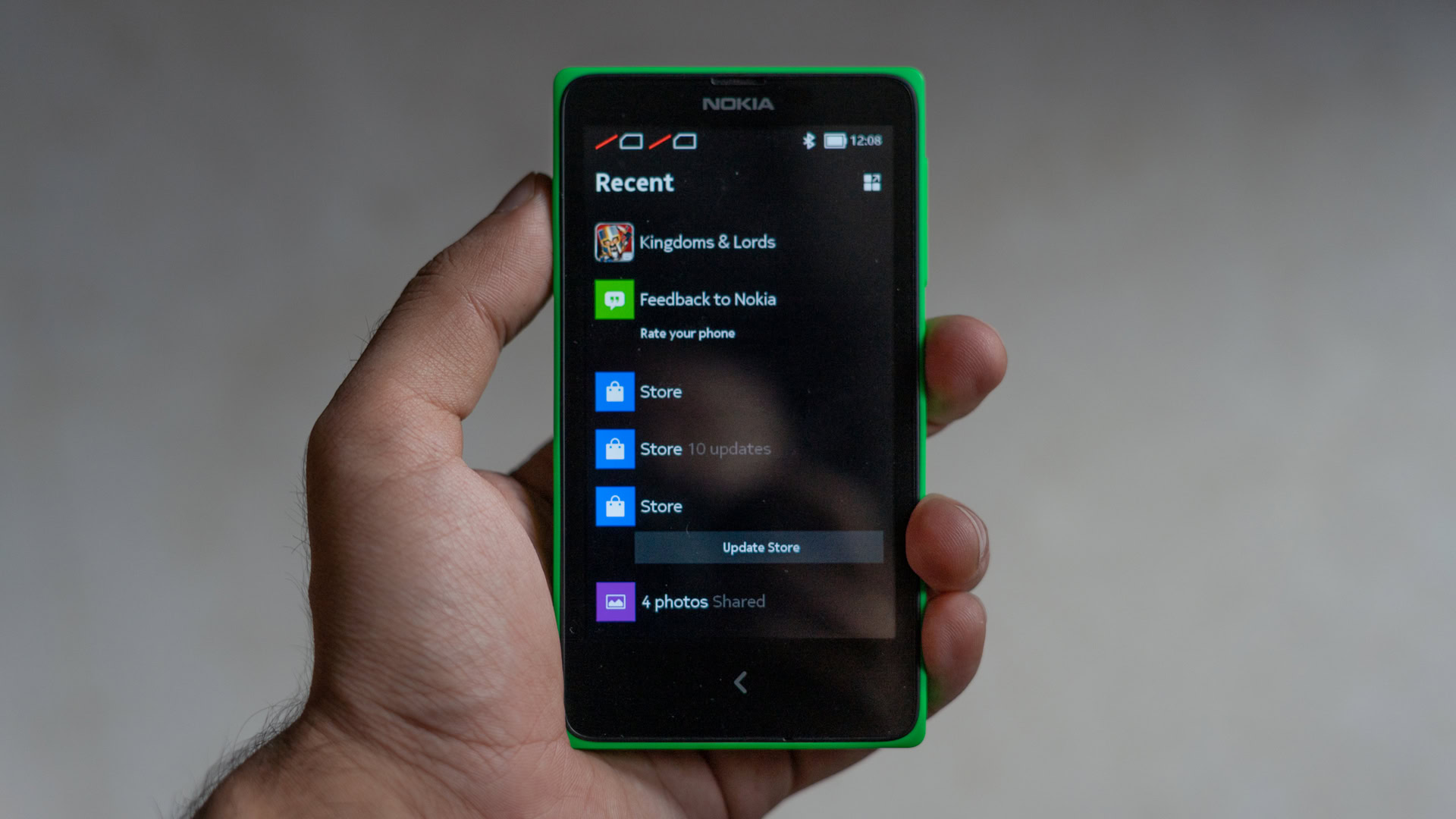
However, not all was bad. Led by Peter Skillman, the former head of design for WebOS at Palm, Nokia created a surprisingly forward-looking user experience.
Dubbed the Nokia X Platform, it dropped the icons and widgets-based interface of stock Android and replaced it with a Windows Phone-like tile-based look that made the phone accessible to first-time users. In fact, there was no app drawer at all.
A quick swipe to the left or right brought you to Nokia’s “Fastlane” hub. A unified center for all notifications and multi-tasking, it was a fantastic addition that — once again — focused on ease of use.
Since there was just a single capacitive button at the front, Nokia made the phone easy to use in one hand and succeeded at it for the most part. Like the often forgotten Meego-based Nokia N9, the phone even integrated social sharing right into the interface.
Read more: The rise and fall of Android’s biggest competitors over the last decade
However, Nokia made the grave mistake of shipping the phone without support for the Google Play Store and services. Unlike Samsung’s TouchWiz or other smartphone skins of the time, the Nokia X platform wasn’t just a skin. Instead, it was built as a forked version of open-source Android and was a completely customized take on Google’s operating system.
The phone had deep tie-ins with the Microsoft ecosystem of services like OneDrive. While the world moved forward to an app-centered smartphone experience, the Nokia Store was a rehashed take on the Ovi Store on Symbian phones.
A curated list of apps vs the millions of apps on the Play Store, you can imagine how that played out.
The lack of Google Play services and re-inventing the app store was a foolhardy move even in 2014.
The company tried to woo developers onto the platform, but the entire effort was shortlived. By July 2014, a scant six months since launch, the Nokia X series was canned for good. By then, Microsoft had completed its takeover of Nokia and went all-in on Windows Phone.
The beginning of the end
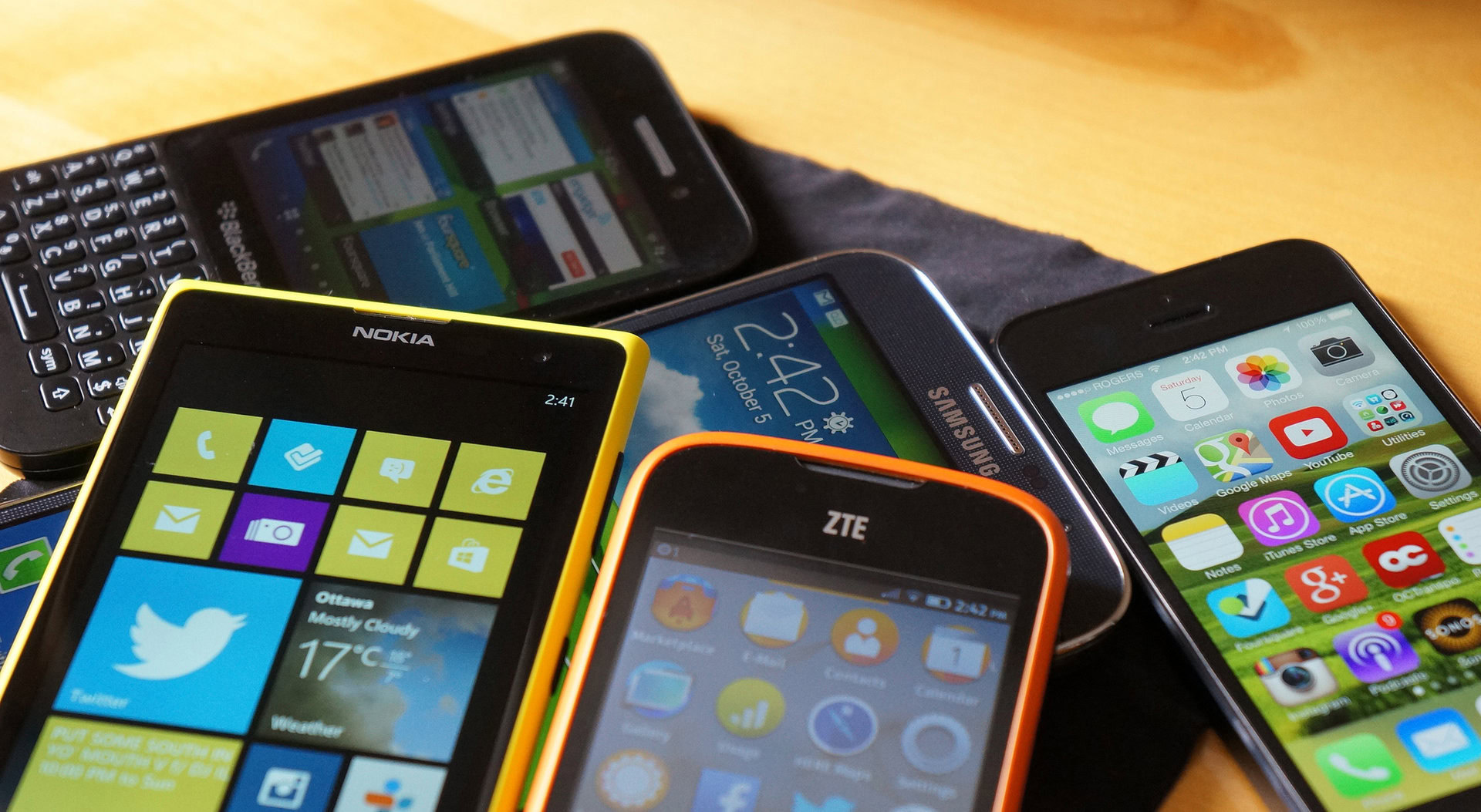
The death of the Nokia X-series also signaled the end of Nokia’s Android ambitions. By April 2014, the take over by Microsoft had been completed. A pre-MWC 2014 quote by Joe Belfiore rang true. Microsoft wasn’t enthused by Nokia’s use of Android and quickly wrapped up the program. Microsoft continued to use Nokia branding on Lumia hardware till October 2014 and then switched it out to Microsoft Lumia. The transition was now complete.
Under Microsoft, the company shipped a range of Windows Phone-based affordable phones with limited success. While there was nothing particularly wrong with the hardware and the Windows Phone interface still comes across as a breath of fresh air, Nokia’s problems across generations of hardware remained the same — a dire lack of app support.
There were limited takers for Windows Phone devices because of poor app support, which in turn gave little incentive for developers to jump on board.
At a time when smartphone developers were getting their hands dirty in the successful iOS and Android app ecosystems, there simply wasn’t room for a third horse in the race. Microsoft tried to throw money at the problem by funding the development of major apps like Facebook and promoting alternatives for major apps.
However, you just can’t force an ecosystem. Without the apps, buyers just didn’t show up and sales started drying up. With limited users, there was no incentive for major developers to spend time and resources making popular apps for Windows Phone devices.
The writing was on the wall and the Lumia 650 in 2016 became the last phone to be launched under Microsoft Mobile.
Microsoft wrote-off 900 million dollars from its investment in Nokia and announced its plans to exit the mobile hardware business the following year.
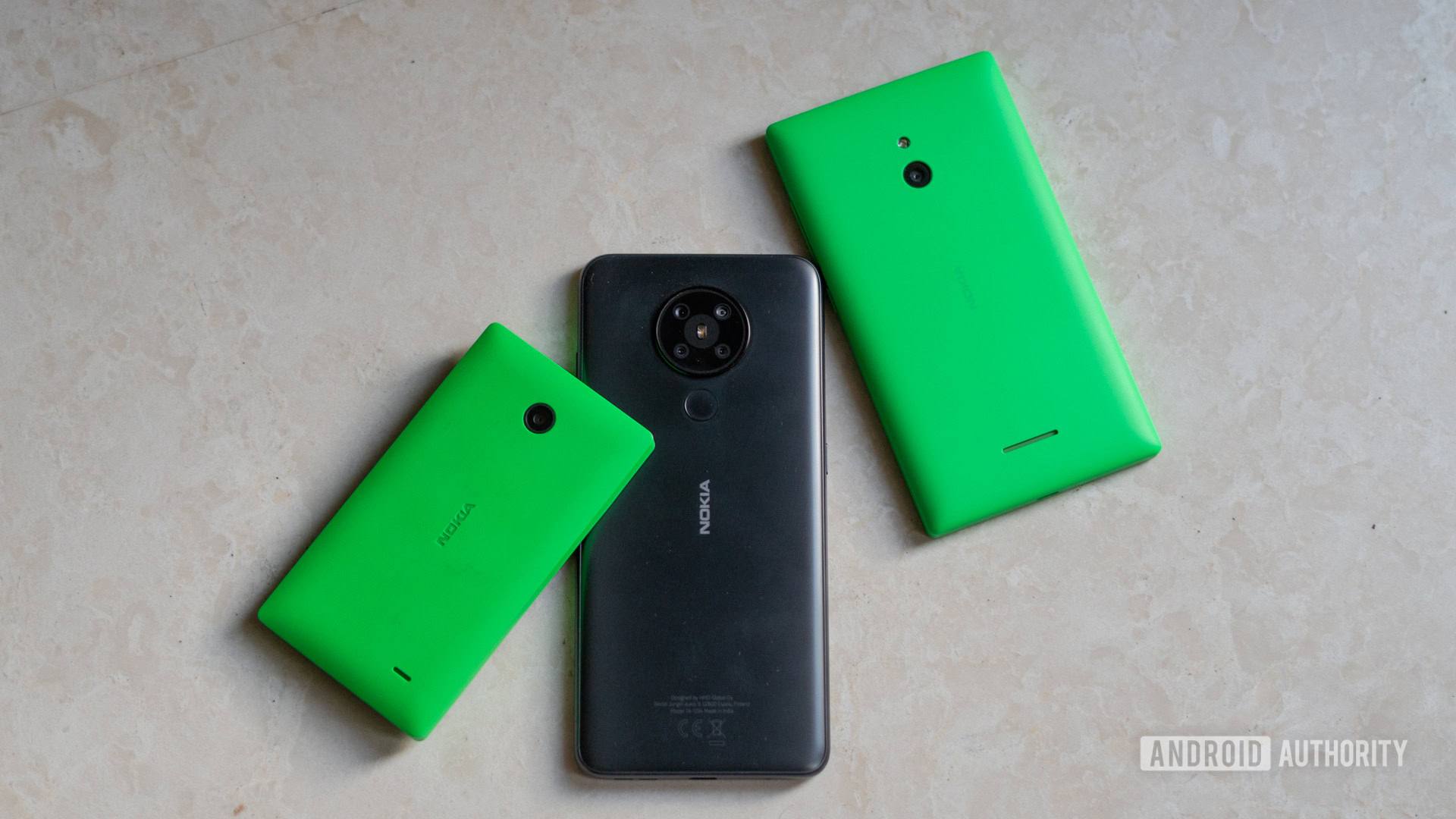
The Nokia brand name made its grand return to the smartphone space under the watch of HMD Global. The company introduced its first Nokia Android-based smartphone, the Nokia 6, in 2017. Nokia has been trying to carve out a niche for itself on the back of a stock Android build and a clean design.
Looking at its lackluster recent releases like the Nokia 5.3, perhaps the company would be well served at finding a niche and going back to where it all started. A phone that delivers an excellent build, a focus on usability, and a forward-looking take on software.
Hey HMD, how about a reboot of the Nokia X series?
This is the eighth post in our “Did you know” series, in which we dive into the history books of Android and consumer technology to uncover important and interesting facts or events that have been forgotten over time. What do you want to see us cover next? Let us know in the comments.
- Did you know: This was the first water-resistant Android phone
- Did you know: The Surface Duo wasn’t Microsoft’s first dual-screen foldable
- Did you know: HTCowned Beats before Apple
- Did you know: The LG V40 opened the era of modern triple camera phones
- Did you know: Samsung once thought Android was a joke
- Did you know: Android was originally designed for digital cameras
- Did you know: The Samsung Galaxy Note was mocked and predicted to flop at launch